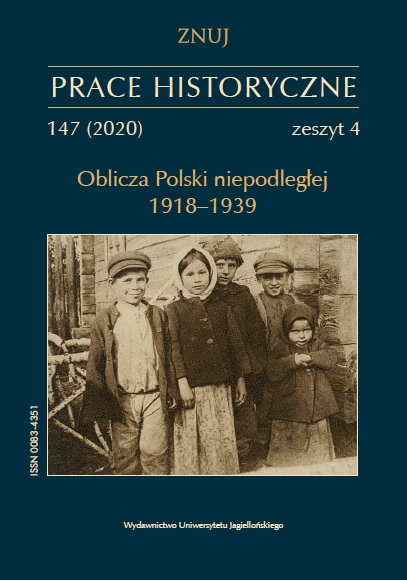Wyznania – państwo – naród w II Rzeczypospolitej
Denominations – state – nation in the Second Polish Republic
Author(s): Tadeusz StegnerSubject(s): History
Published by: Wydawnictwo Uniwersytetu Jagiellońskiego
Keywords: religia; państwo; naród; II Rzeczpospolita; religion; state; nation; Second Republic of Poland
Summary/Abstract: The Second Republic of Poland was a country of multiple religions, where the followers of Roman Catholicism, Greek Catholics, Orthodox, Protestants and Jews lived alongside each other. In the reborn Poland, the constitution of the commonwealth was the framework that determined religious policy. All citizens were guaranteed freedom of religion, as well as the right to public and private religious practices. State authorities tried to apply the principle of equality and balance to the various religious associations in their mutual relations. The authorities did not give in to pressure, mainly from the Roman Catholic side, striving to strengthen its dominant position, and they tried to preserve the religious peace in the country. Moreover, due to the national-religious structure of the Second Republic both the ruling class and the broader circles of Polish society assessed individual religious associations through the prism of the relation of a given religious minority to the Polish state and its national interests. Subsequent governments, starting from 1918, tried to prevent (rather without success) religious organizations from becoming centers of nationalistic activity for Germans, Ukrainians, and Belarusians, which was usually directed against Poland. They also attempted to influence the internal affairs of churches and religious associations of national minorities through legal regulations, and to accelerate their possible Polonization.
Journal: Prace Historyczne
- Issue Year: 147/2020
- Issue No: 4
- Page Range: 781-796
- Page Count: 16
- Language: Polish

